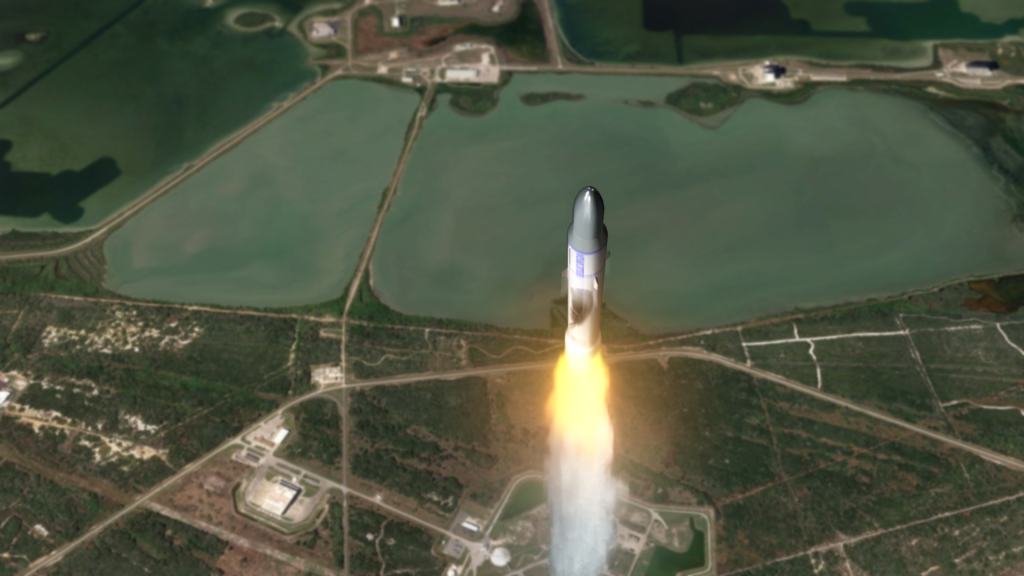
It started off with a roar and ended with precision On November 13, 2025, Blue Origin’s towering New Glenn rocket delivered NASA’s twin ESCAPADE spacecraft toward Mars and executed a pinpoint landing of its reusable first stage on a drone ship in the Atlantic Ocean, a milestone that up to now only SpaceX had mastered.
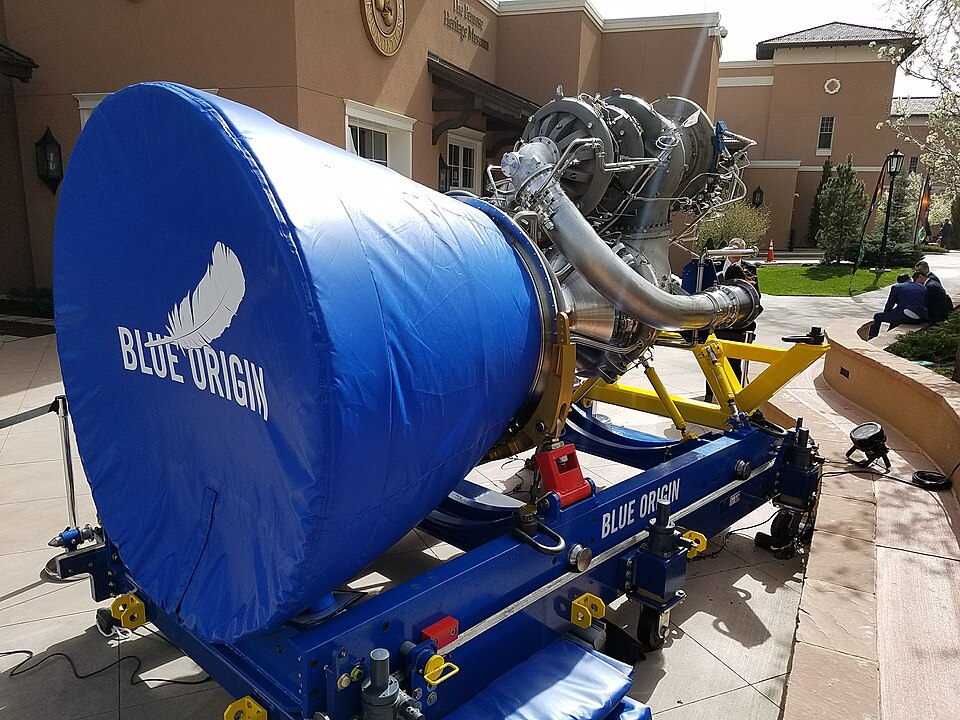
1. Engineering marvel in booster recovery
The New Glenn booster, 189 feet tall and powered by seven BE-4 engines burning liquefied natural gas and liquid oxygen, separated from its upper stage about four minutes after lifting off from Cape Canaveral. It soared to an altitude of 79 miles before beginning a controlled descent toward the recovery vessel Jacklyn, reigniting three engines in the upper atmosphere to slow its fall. Moments before touchdown, another engine burn deployed the landing gear, bringing the booster to rest on the platform’s deck 375 miles east of the launch site. It was only the second try for such a recovery the first, back in January, ended with a mid-air failure. Engineers fixed that issue with “propellant management and engine bleed control improvements,” and those fixes worked flawlessly.
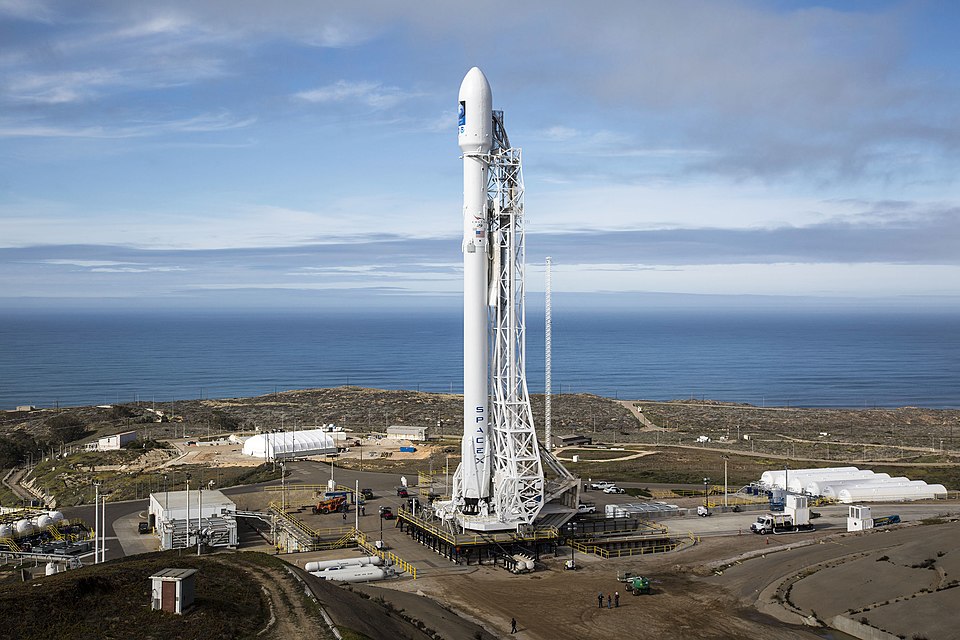
2. Reusability as a Competitive Advantage
Recovery and re-flight of orbital-class boosters is crucial to reducing launch costs and increasing cadence, and while SpaceX has demonstrated its capability over 500 times with Falcon 9, the success of New Glenn places Blue Origin as a real competitor in both commercial and government markets. Refurbishment of the recovered booster in under 30 days is planned, with the aim of reusing it on the first flight of the Blue Moon Mark 1 lunar cargo lander. Each booster is intended to fly up to 25 times in the long term, matching the operational philosophy of Falcon 9.

3. ESCAPADE’s Mars Science Mission
ESCAPADE, which stands for Escape and Plasma Acceleration and Dynamics Explorers, consists of two identical spacecraft, Blue and Gold, each the size of a copy machine. Built by Rocket Lab and managed by UC Berkeley’s Space Sciences Laboratory, they will study how Mars’ atmosphere interacts with the solar wind. The twin-probe approach allows simultaneous measurements from different orbital positions, thus highly improving data quality and resilience in case one of the spacecraft should fail.

4. Innovative Trajectory to the Red Planet
Instead of a direct transfer, ESCAPADE will first head to the L2 Lagrange point, where the gravitational pulls of Earth and Sun balance. After a year of monitoring the Sun, the spacecraft will use an Earth flyby to pick up velocity, arriving at Mars in September 2027. That trajectory cuts propellant mass to about 65 percent of total spacecraft mass, compared to the typical 80–85 percent for Mars missions, and offers more flexible launch windows than the traditional 26-month planetary alignment cycle.
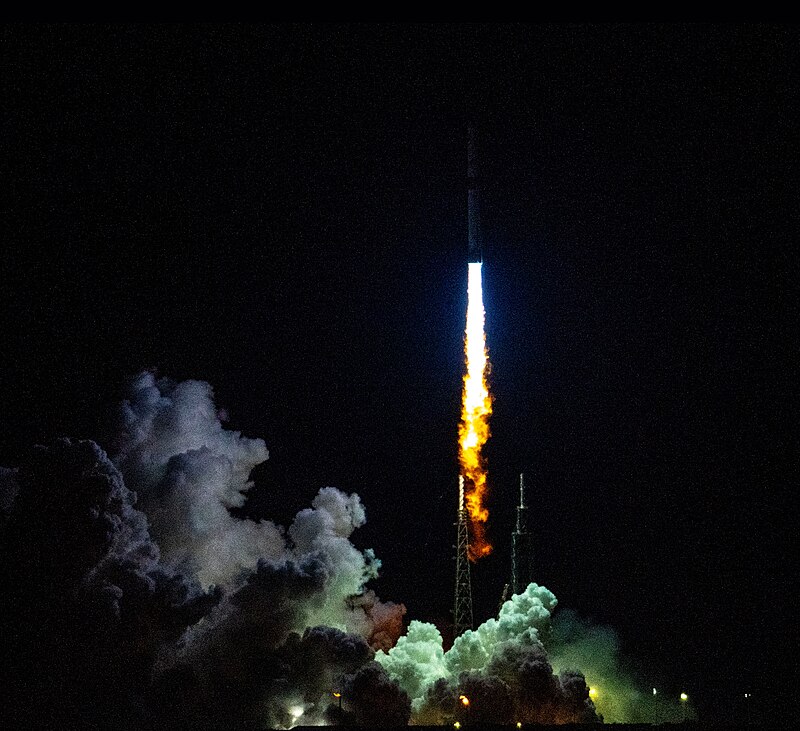
5. Implications for NASA’s Artemis Program
New Glenn’s heavy-lift and recovery capabilities add to the rocket’s importance in Blue Origin’s role within NASA’s Artemis lunar program. The rocket will launch human-rated Blue Moon Mk.2 landers, which are proposed to require orbital cryogenic refueling via the company’s Lunar Transporter. The Mk.1 cargo lander can be deployed on a single New Glenn launch and will carry payloads such as NASA’s SCALPSS and LRA instruments as a testbed for crewed missions.

6. National Security Space Launch Certification
With this second successful flight, New Glenn clears the penultimate hurdle in the certification process under the NSSL program of the Space Force. The company has moved into the final review phase that would let it compete for as many as seven Lane 2 missions from FY26 to FY32. Lane 2 missions feature complex orbits and high-value payloads where reliability and precision are viewed as crucial.
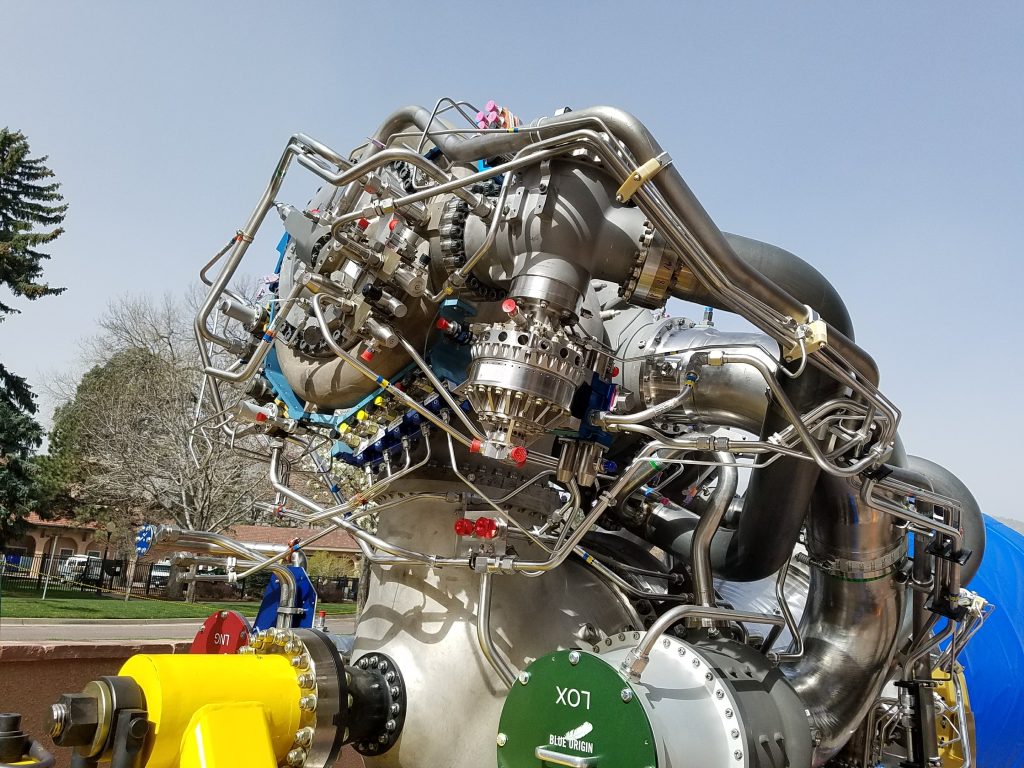
7. Heavy-Lift Market Dynamics
New Glenn is entering a sector dominated by the Falcon Heavy and Starship developed by SpaceX, along with the United Launch Alliance-developed Vulcan. While the Vulcan has not demonstrated its reusability yet, the success of Blue Origin places it technologically ahead. The BE-4 family of engines-developed for both New Glenn and Vulcan-offers high thrust and efficiency, but with Blue Origin’s proven recovery method, it may shift market share in its favor.

8. Cost and Risk Management
NASA paid Blue Origin about $20 million for ESCAPADE’s launch-significantly less than the cost of other rockets-taking on the risk of flying on a relatively unproven vehicle. The mission’s total budget of $80 million illustrates a trend towards deep space science on commercial launch systems, where lower costs allow broader capability.

Recovering its largest booster on only the second try and deploying a complex interplanetary mission represent dual achievements that signal a new era for Blue Origin. With reusability now proven at orbital scale, New Glenn is ready to challenge incumbents in high-stakes national security launches and scientific exploration alike.


